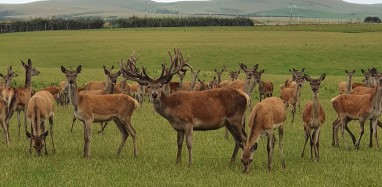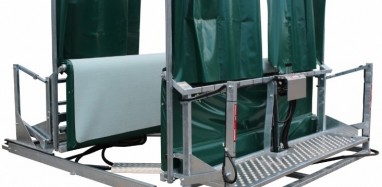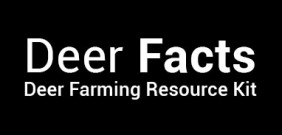The main aim of efficient deer handling and management is to handle deer without causing undue stress to the animals.

Handling deer overview
Great stockmanship of deer is the most important aspect of good deer management.
Fencing
Well planned and properly constructed deer fencing has a huge impact on the efficiency of deer handling.

Handling weaners and stags
Consideration of the age of the deer you are handling will impact on management and handling techniques.
Management
Herd management encompasses not only the daily management decisions made on farm but also focus's on feeding, health, and forward planning to achieve productivity gains.
Managing stress risk
Pointers for managing stress at key management times including whilst mustering, in the yards and working in the shed.

Mustering
Useful tips to ensure smooth mustering of your stock.

Property and paddock layout
Property layout and paddock design is important to consider if looking at replacing fences or simply developing your farm further, as both can assist with the management of your deer.

Restraint and weighing systems
An example of the different types of restraint and weighing systems available for efficient deer handling and management.
Handling Wapiti
The basics of good deer handling apply to all species of deer, however some breeds do have specific idiosyncrasies that require modifications to the general handling rules.

Shed design
The shed and yarding system on a deer farm must be designed and constructed to provide a safe and practical work environment for both animals and the operator.

Fallow deer: Yards/Handling
Fallow deer adapt to many different climatic/farming environments. Minimal intervention is required once the basic infrastructure is in place. These hardy animals are fairly easy care, with minimal handling requirements.



